Want to know more about Lithuania? If yes, then let me introduce you to the most interesting facts about Lithuania. Despite its size, visiting Lithuania is a great experience for those who want to discover natural and historical sites and unique architecture. Without a doubt, the country has a lot to offer to a traveler who wants to enjoy national parks, its tranquil lakes, dense forests, as well as kilometer-long magnificent beaches, not to mention the very hospitable Lithuanian people.
Lithuania – the center of Europe

According to a study conducted by scientist Jean-Georges Affholder, in 1989, the French Institute of Geography determined that the center of Europe is located at 54°54′ north latitude and 25°19′ east longitude, near the Lithuanian city of Purnuškės. To determine the calculation, they were based on the center of gravity. At the beginning of the century, they installed a landmark (a stone pillar, which in this case includes a crown of stars) to determine the exact point. Therefore, Lithuanians have the honor of being considered the center of Europe.
The largest country in Europe and the conquest of Africa and America
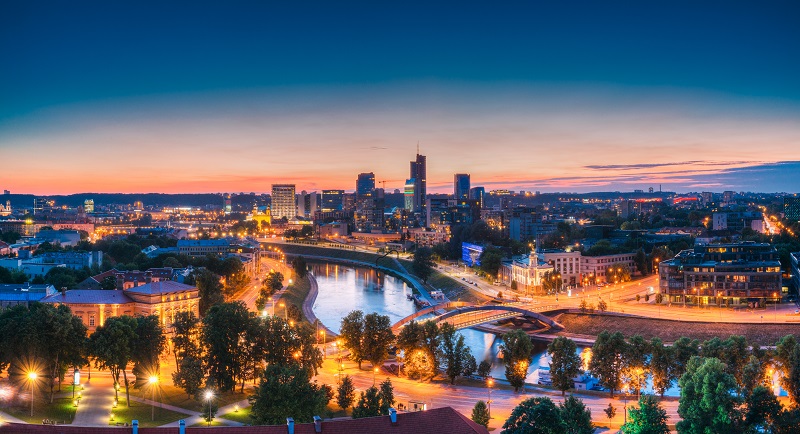
Did you know that the Grand Duchy of Lithuania, which became the largest state in Europe, conquered some areas of Gambia, such as Kunta Kinte Island? The country included the territories of modern Russia and Poland, as well as Belarus, Ukraine, Moldova (including Transnistria and Gagauzia), and Lithuania. Another characteristic feature of the Lithuanians is the Courland colonization of America, the formation of a colony in Tobago. They decided to create a trade triangle between the Duchy of Courland, Gambia and Tobago.
The oldest language on the continent

Probably one of the most unknown curiosities of Lithuania is that they have the oldest spoken and living language. The oldest of the Indo-European languages is used for academic purposes in universities to understand how it has preserved, among other things, its ancient forms, to analyze the evolution of languages. If you are wondering how easy it is, the longest word is 37 letters long and is “nebeprisikiškiakopūsteliaujantiesems”. From what I have read today, it is taken out of all context, as its meaning is related to people who go to the forests to collect herbs. So Lithuanians do not envy you when it comes to learning their native language.
Two days of independence
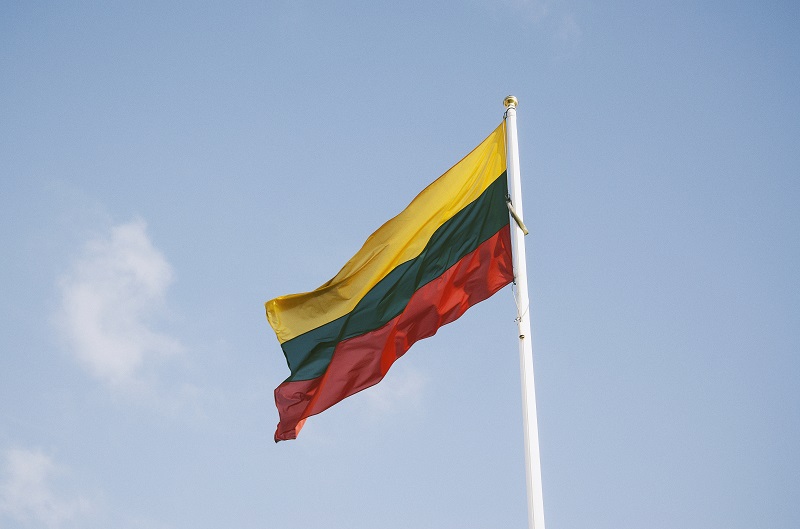
I don't know if there are other countries, but one of the main curiosities of Lithuanians is that they celebrate two independence days. February 16th, and also March 11th. The reason? Its turbulent history. The Declaration of Independence of Lithuania, February 16th, 1918 (they don't choose to be puppets of Germany or Russia, they declare their independence).
Following the elections, the parliament of the Lithuanian RS declared independence from the USSR on March 11, 1900 (although this was a dead letter, it officially appeared a year later).
Two national flags
In addition to the well-known yellow-green-red Lithuanian flag, symbolizing wheat, forests and the blood of those who died defending the homeland, a second national flag was adopted in 2004 to commemorate the 750th anniversary of Mindaugas' coronation. This is the historical flag that was used in the Battle of Grunwald and was used from 1922 to 1939 as the national flag of the central Republic of Lithuania. If you decide to drive through Lithuania, you will see this flag in many houses, especially in the area around Trakai. Certainly a peculiar Lithuanian curiosity, did you know it?
Baltic Network
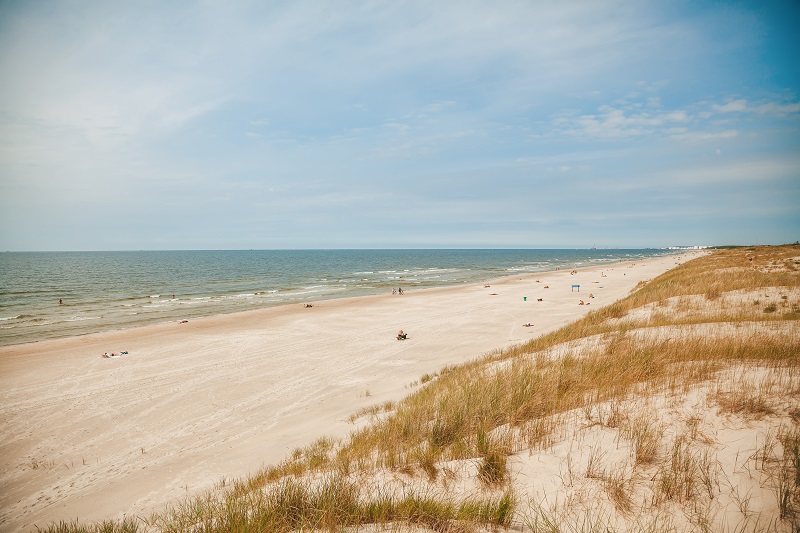
On August 23, 1989, more than one and a half million people, considered the most anti-Soviet former republic and promoting the independence of other nations, united for a 600-kilometer march from Vilnius (Lituna) to Tallinn (Estonia). all of Latvia (including Riga). This political propaganda served to get into the Guinness Book of Records. As a fact that should be taken into account in the curious article about Lithuania, the date was not chosen by chance, it coincided with the Molotov-Ribbentrop Pact of August 23, 1939, according to which the USSR and Nazi Germany divided Eastern Europe. Therefore, Estonians, Latvians and Lithuanians still have strong anti-Soviet sentiments today.


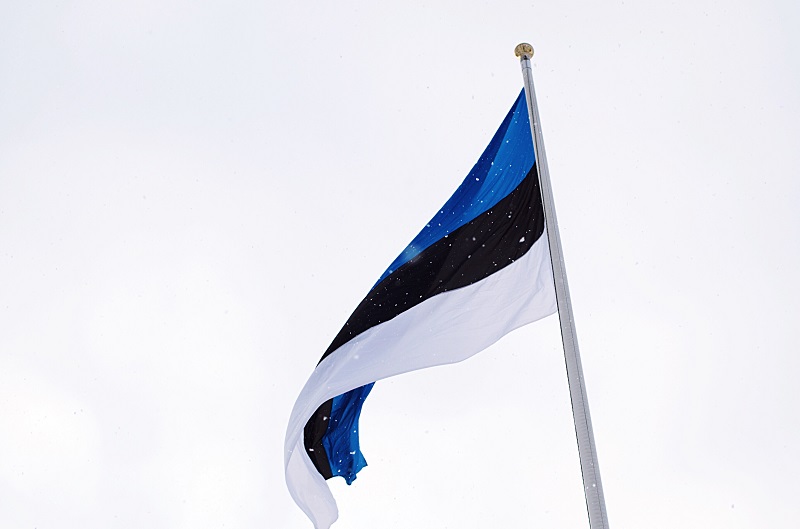









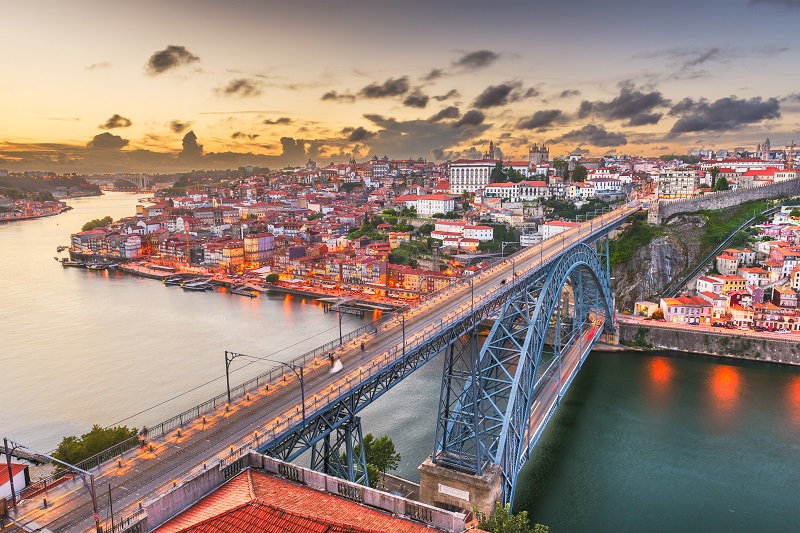
Оставить Комментарий